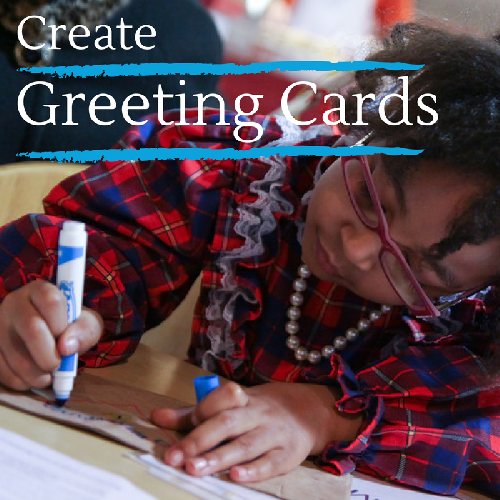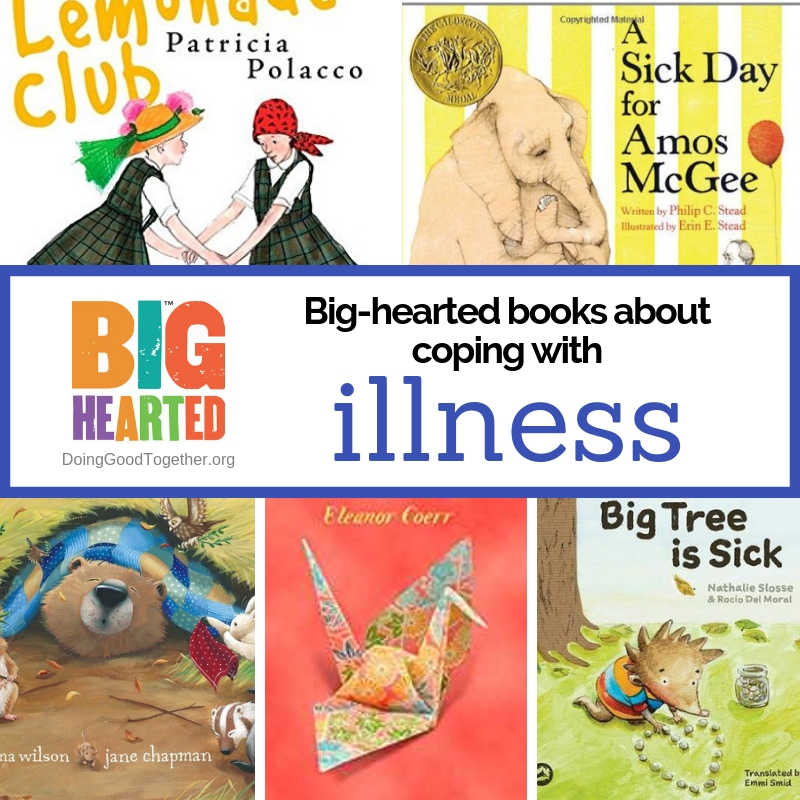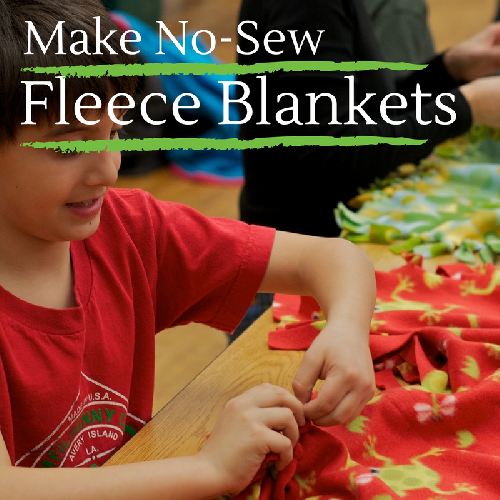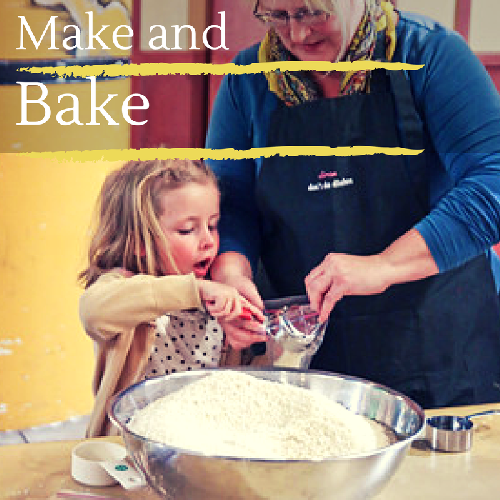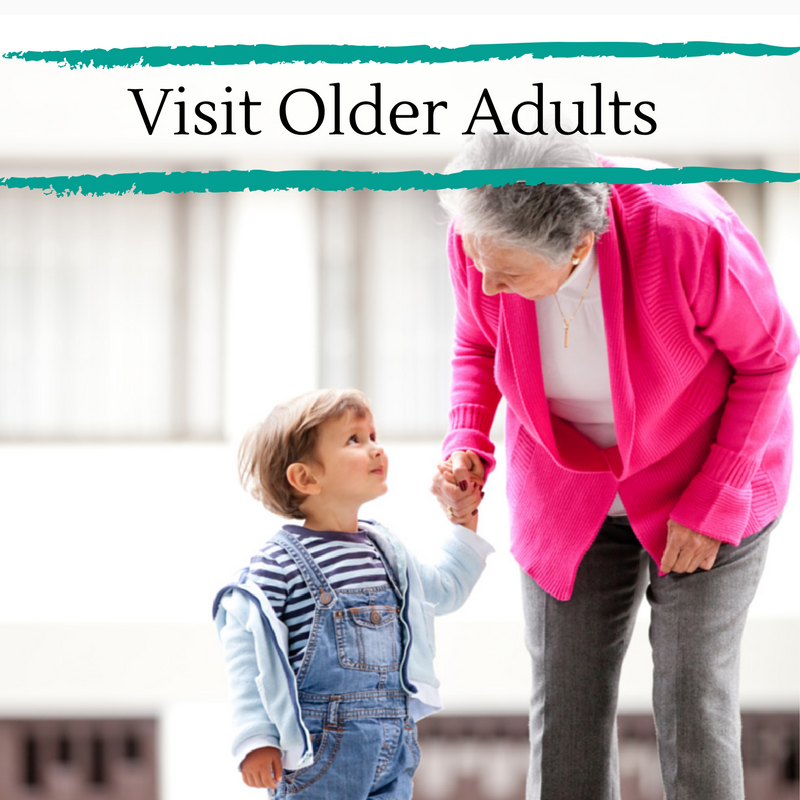Guide to Family-Friendly Nursing Home Visits
How to share the kindness of a personal connection with the elderly
Visiting with older adults can help your children become comfortable with our aging population and bring cheer to those who are isolated and lonely.
Possible recipients
Older adults in your own neighborhood or residents at a local nursing home or assisted living facility.
What you’ll need
Optional: Any items necessary if you choose to do a project, game or performance with your older friends.
Instructions
Talk together about how you want to spend time with the older adults.
Call your local nursing home or care facility and talk to the volunteer coordinator about your interests and availability. Ask about their needs, too. Decide whether to form a special relationship with one resident (“adopt” a grandparent) or spend time with various residents.
Arrange a time to visit the facility first, without your children. If it feels like a comfortable and inviting place, bring your children the next time.
Prepare your child for the initial visit. Explain why volunteering with older adults matters—both for your family and for the elderly. Explain that some people might look ill or frail. Encourage your child to look beyond physical appearance and to think about the full, rich life the person has led.
Reflect with your child about the experience before and after each visit.
Reflections
Does it seem important to visit older people? Why?
Were there parts of the visit that seemed hard or that you wish had gone differently? How can we make it more fun next time?
How would you feel if you couldn’t walk fast or couldn’t get around to visit your friends?
What can you learn from the older adults you visit?
Did anyone remind you of your grandparents or great-grandparents?
Resources
Miss Tizzy by Libba Moore Gray (Aladdin, 1998). Ages 3 and up. A joyful elderly woman has a following among an ethnically diverse group of neighborhood children. When she becomes ill, the children get creative about how to express their love.
Grandmothers’ Stories: Wise Woman Tales from Many Cultures by Burleigh Muten (Barefoot Books, 2006). Ages 6 and up. Stories from Senegal, Japan, Russia, Hawaii, Mexico, Ireland, Germany and Sweden that feature older women who are kind, intelligent and independent.
The Friends by Kazumi Yumoto, translated by Cathy Hirano (Farrar, Straus and Giroux (BYR); Reprint edition, 2005). Ages 10 and up. Describes the friendship between three Japanese boys and a wise older man.
Take it further
Make a homemade gift, such as a no-sew fleece lap blanket, tissue paper flowers, a sun catcher or a greeting card to share with your elderly friend.
Create a “visiting journal” with photos, notes, drawings and other mementos. It’s a great activity, but also fun to share with the folks you visit.
If you visit someone regularly, stay in touch between visits by sending photos, postcards, drawings or handmade cards.
Tell your story. Encourage your children to talk to others about their volunteer experiences, both formally and informally. As children share each story, it becomes a part of who they are. Consider speaking to a scout troop, relatives, neighbors or faith group. Show photos, too.
Encourage others to adopt this volunteer opportunity. The more families that participate, the richer and more sustainable our community will be.
Still looking?
Share comfort as a family with these meaningful ideas.





